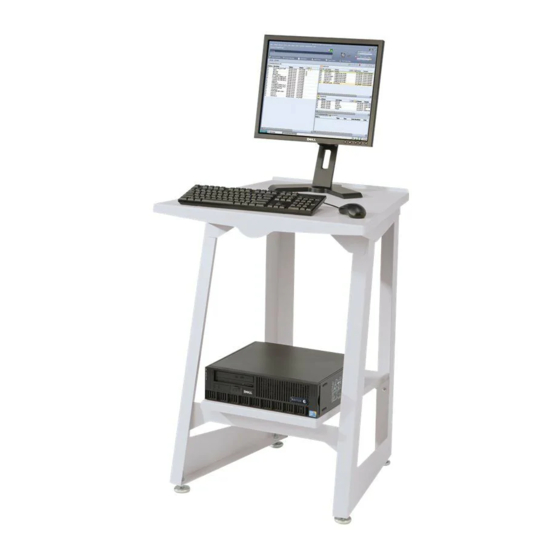Xerox FreeFlow Nota di rilascio - Pagina 14
Sfoglia online o scarica il pdf Nota di rilascio per Server di stampa Xerox FreeFlow. Xerox FreeFlow 33. For color 560/570 printer
Anche per Xerox FreeFlow: Manuale di installazione (34 pagine), Opuscolo (2 pagine), Nota di rilascio (23 pagine), Manuale di installazione (2 pagine), Manuale di sicurezza (38 pagine), Informazioni importanti sull'installazione (2 pagine), Manuale d'uso (50 pagine), Manuale (18 pagine), Manuale di connessione rapida (2 pagine), Manuale delle procedure del vettore (28 pagine)

